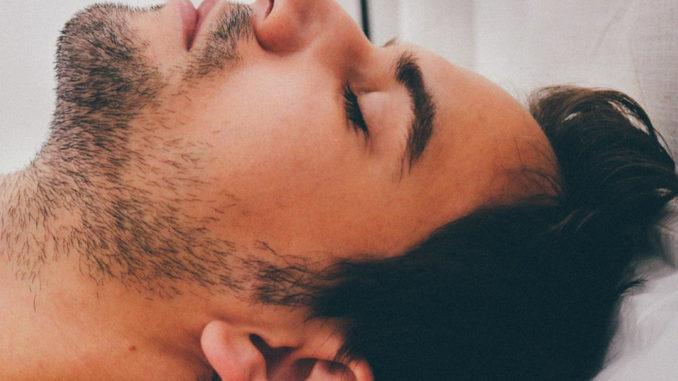
Have you been diagnosed as potentially having sleep apnea and an overnight sleep study is in your future? If yes, there is a commonly utilized index that is calculated during that sleep study that indicates your degree of apnea. The Respiratory Disturbance Index (RDI) cannot be calculated in the office setting, nor can it be predicted by a physician. An overnight sleep study (polysomnogram) is the gold standard test to determine whether you or someone you know has apnea.
But what is the RDI and what can it tell us? Below is a helpful list from MySleepApneaMD.com:
- The RDI indicates the number of abnormal breathing events per hour of sleep
- RDI is calculated as the number of apnea events/hour plus the number of hypopnea events/hour plus the number of respiratory-effort related arousals (RERAs) per hour of sleep
- An apnea event is a complete cessation of airflow or obstruction lasting 10 seconds or longer
- A hypopnea is a partial apnea event (30% or greater reduction in airflow and 3% reduction in oxygen) during a 10 second event
- A RERA is an abnormal breathing event that is not an apnea or hypopnea, but is an arousal event noted by an EEG
- Normal sleep study: RDI < 5 events/hour
- Mild apnea: RDI 5-15 events/hour
- Moderate apnea: RDI between 15-30 events/hour
- Severe apnea: RDI > 30 events/hour
- The more severe the apnea, the more symptomatic is the individual with respect to day time fatigue and sleepiness

